Sign up for workout ideas, training advice, reviews of the latest gear and more.

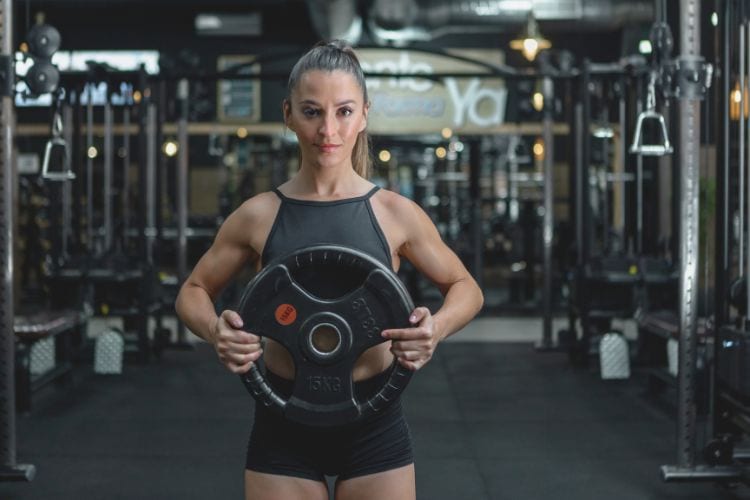
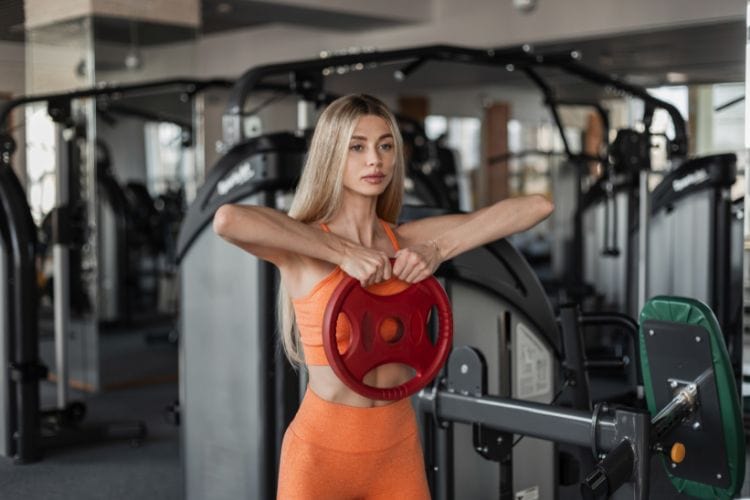
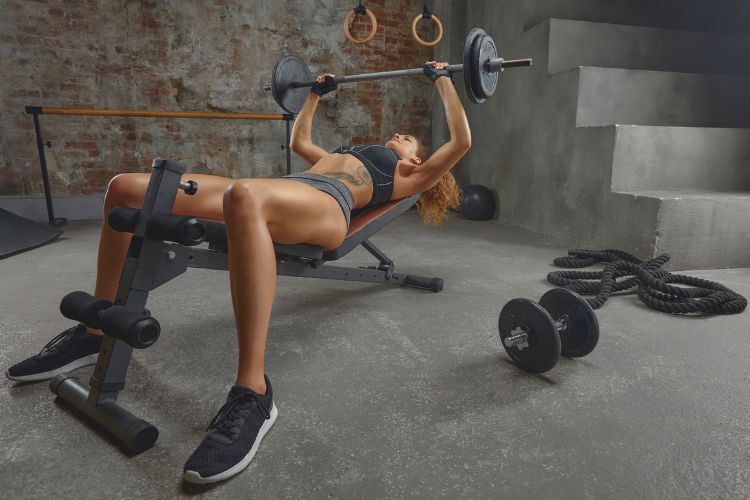
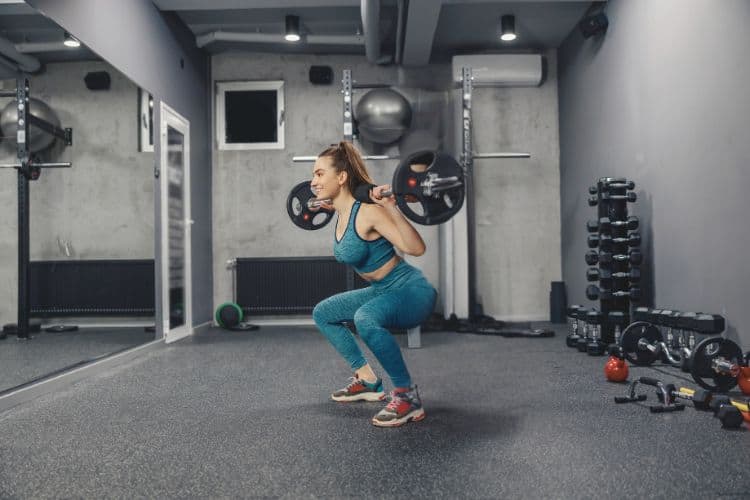
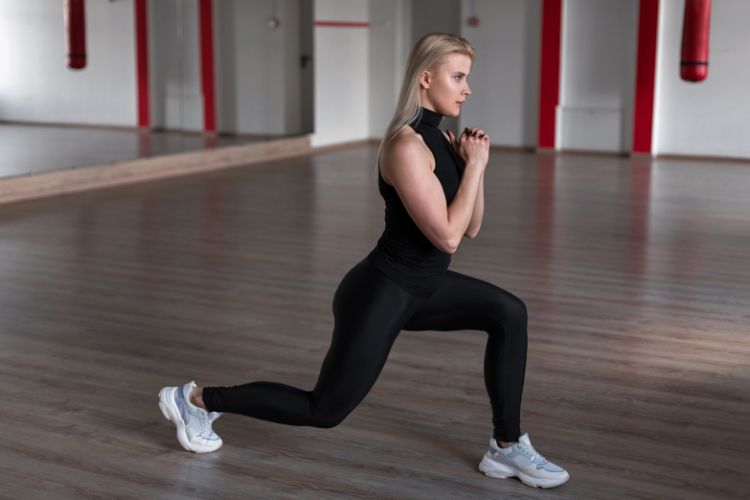
Creating a bodyweight workout program can be a game-changer for anyone looking to build strength, improve flexibility, and enhance endurance—all without needing any equipment. Here’s a comprehensive guide on developing an effective bodyweight workout program that you can do anywhere.
Bodyweight workouts are exercises that use your body’s own weight as resistance, eliminating the need for equipment. These exercises typically work multiple muscle groups simultaneously, making them highly effective for building strength, improving balance, and increasing cardiovascular health.
Benefits of Bodyweight Workouts
To design an effective bodyweight workout program, you need to focus on various components that will build a well-rounded routine. This includes strength, endurance, and mobility training.
Before jumping into a workout program, establish your fitness goals. Are you looking to build muscle, lose fat, increase endurance, or improve flexibility? Knowing your objectives will help you tailor the program to your needs.
In a bodyweight workout program, exercises fall into different categories:
A well-structured workout plan is crucial to achieving your goals. Here’s a suggested weekly breakdown:
Each day should focus on a different body part or type of exercise, allowing your muscles time to recover.
Focus on strengthening the muscles of your upper body with these exercises.
Push-ups are excellent for your chest, shoulders, and triceps. Aim for three sets of 10-15 repetitions.
This movement targets the triceps and chest. Place your hands on a stable chair or bench and lower yourself down. Do three sets of 12 repetitions.
Starting in a plank position, tap each shoulder with the opposite hand while keeping your core engaged. Perform three sets of 15-20 reps per side.
Lower body workouts can help you develop powerful legs, balance, and mobility.
Bodyweight squats are fundamental for building strength in the legs and glutes. Aim for three sets of 15-20 repetitions.
Lunges improve balance and work the quads, hamstrings, and glutes. Do three sets of 10-12 reps on each leg.
Lie on your back with your knees bent, and lift your hips off the ground. This movement targets the glutes and lower back. Aim for three sets of 15 repetitions.
Engaging your core muscles will improve stability and reduce the risk of injury.
A great isometric exercise for core strength, hold the plank position for as long as possible. Aim for 3 sets, each held for 30-60 seconds.
Sit on the floor, lean back slightly, and twist your torso from side to side. This works the obliques. Perform three sets of 20 reps.
From a plank position, bring each knee toward your chest in a fast, alternating motion. Do this for 30 seconds, rest, and repeat for three sets.
On day four, take it easy with active recovery. Light stretching, foam rolling, or a gentle yoga session can aid muscle recovery and improve flexibility.
For a full-body workout, combine upper and lower body exercises for a balanced session.
Start standing, move into a squat, then into a push-up position, return to squat, and jump up. Complete three sets of 10-12 repetitions.
Perform a squat, then jump up explosively and land softly back into a squat. Do three sets of 10 repetitions.
While lying on your back, alternate bringing each knee toward your chest while twisting to touch it with the opposite elbow. Perform three sets of 20 repetitions per side.
Cardio doesn’t have to mean running on a treadmill. Here are some bodyweight cardio options:
Stand with feet hip-width apart, run in place while lifting knees as high as possible. Aim for three sets of 30 seconds.
A classic movement, jumping jacks are effective for raising heart rate. Do three sets of 1 minute.
Jump from one leg to the other, mimicking a skating movement. This exercise helps with balance and agility. Do three sets of 15 reps on each side.
Take a full rest day to allow your body to recover. Rest is essential for muscle growth and overall progress.
Bodyweight exercises require attention to form to prevent injury and maximize effectiveness. Make sure each movement is controlled and deliberate.
As your body adapts, gradually increase the intensity by adding more reps or sets, or by incorporating more challenging variations.
Circuit training, where you perform exercises back-to-back with minimal rest, can increase calorie burn and cardiovascular conditioning. For example, try a circuit with 10 push-ups, 15 squats, and 20 mountain climbers, resting only after completing all three exercises.
As you become stronger, add progression techniques to continue challenging your body.
Slowing down the eccentric (lowering) part of each movement will increase muscle tension, making exercises more challenging.
No workout program is complete without proper nutrition. Fueling your body is key to building muscle and recovering effectively.
Protein aids in muscle repair and growth. Ensure you’re consuming enough high-quality protein sources such as lean meats, beans, nuts, and dairy.
Fats provide sustained energy, while carbohydrates are essential for replenishing glycogen stores. Balance your intake for optimal energy and performance.
Tracking progress is crucial in a bodyweight workout program to stay motivated and gauge improvements.
Record the number of sets, reps, and time you complete for each exercise. Over time, you’ll see where you’re getting stronger and identify areas that need more focus.
Monitor your body composition by taking photos or measuring circumference of key areas like arms, waist, and thighs every month.
Whether you’re a beginner or advanced, bodyweight workouts can be modified to suit your fitness level.
For beginners, focus on foundational exercises:
Start with two sets of 10-15 repetitions, focusing on form rather than speed.
For intermediate levels, incorporate variations and increase intensity:
Aim for three sets of 15-20 reps with minimal rest.
Advanced individuals can introduce complex movements and minimal rest:
Complete 3-4 sets of 20 reps, aiming for high intensity.
Bodyweight workouts are a versatile and effective way to build strength, endurance, and flexibility without equipment. By progressively challenging yourself and incorporating a variety of exercises, you can achieve excellent results.
Stay up to date on the latest women’s health, fitness and lifestyle trends and tips.